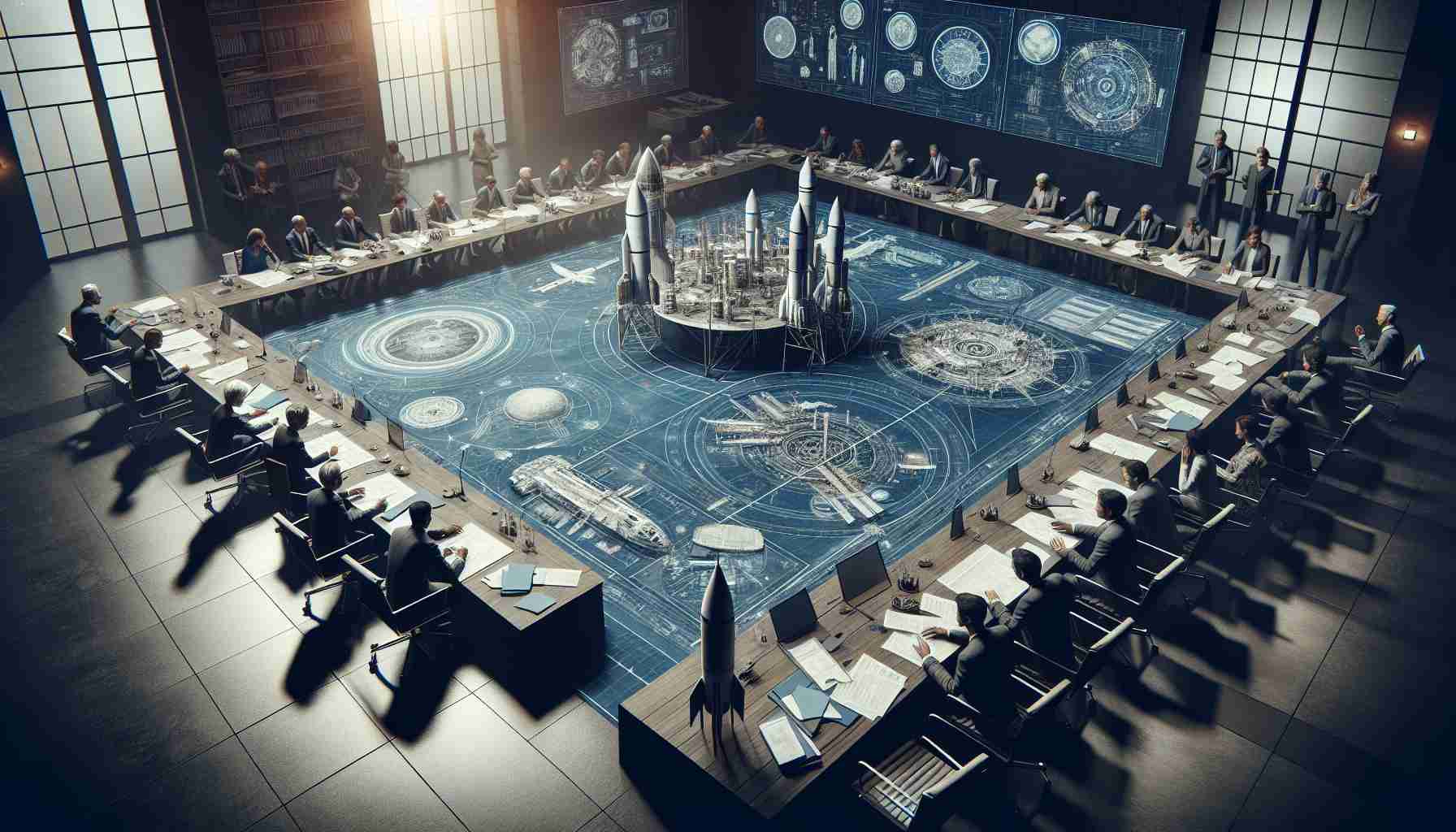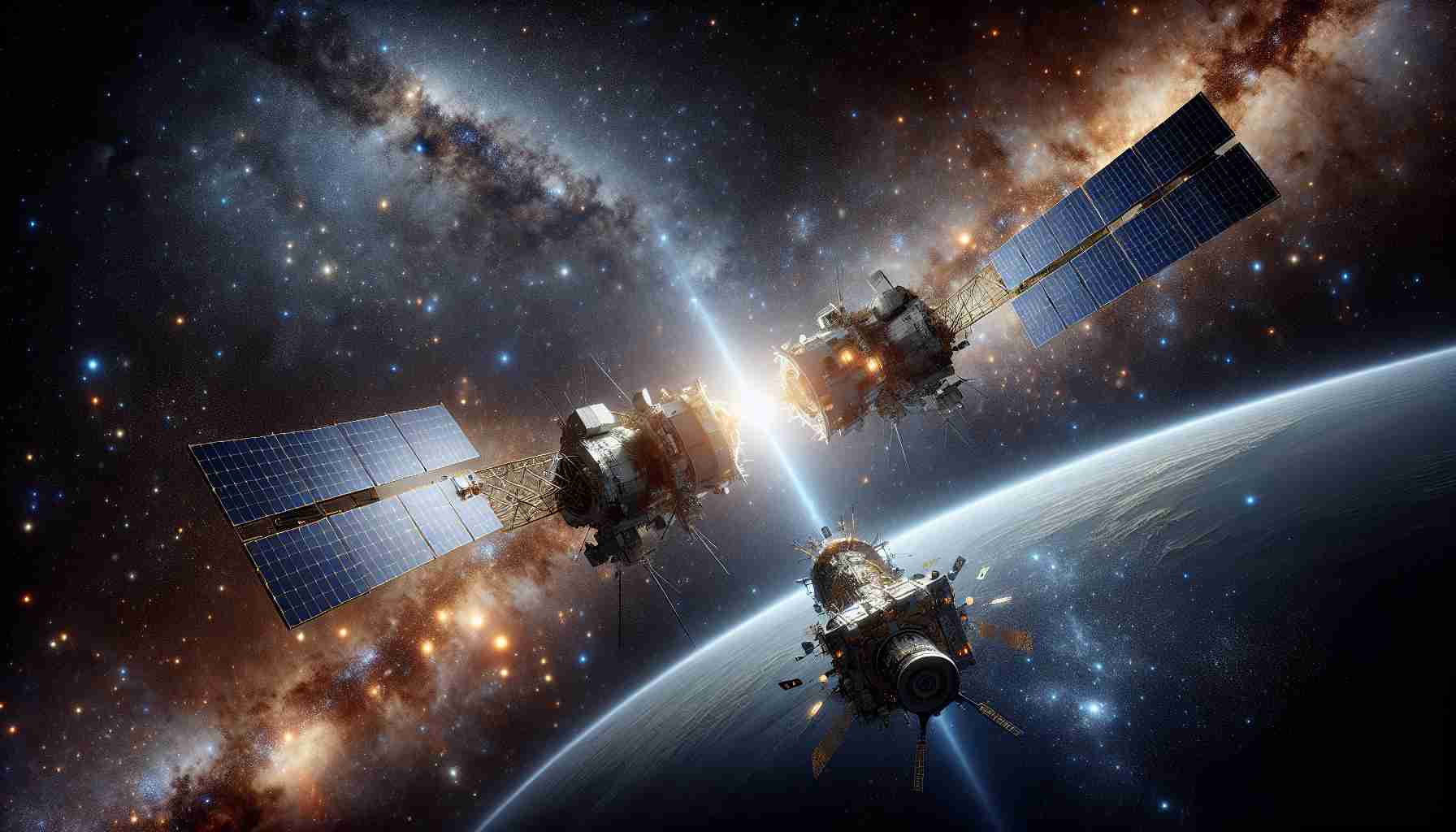The Future of Space Policy Under Trump
In a surprising turn of events, President Donald Trump could be on the verge of dissolving the National Space Council once more. Established to coordinate U.S. space policies since 1958, the council’s role has come under scrutiny, particularly in light of Trump’s close ties with the private space sector.
Reports indicate that lobbyists from Elon Musk’s SpaceX have criticized the council, viewing it as an unnecessary hurdle to innovation and efficiency. During his first term, Trump revived the council, which played a pivotal role in launching the U.S. Space Force and reigniting ambitions for lunar exploration. However, as his current administration takes shape, the council’s oversight may not align with the evolving vision of space led by private enterprises.
Notably, the council is mandated to include input from industry representatives, yet critiques suggest it may be redundant and bureaucracy-heavy. This concern appears to resonate with Trump’s administration, which emphasizes streamlined decision-making and efficiency, likely inspired by Musk’s agenda.
As Trump aims for ambitious missions, such as human exploration of Mars, the future of the National Space Council hangs in the balance. If disbanded, it might simply reflect a return to pre-Trump norms instead of signaling a shift in the trajectory of American space exploration.
Space Policy: A Shift with Global Implications
As the potential dissolution of the National Space Council looms, the impact on space policy may resonate far beyond American borders. Global collaboration on space exploration and governance could be affected, stifling innovations that rely on multinational efforts. The era of privatized space flights, spearheaded by companies like SpaceX, not only transforms national space agencies but could diminish international agreements crucial for humanitarian efforts in space, such as debris management and planetary protection.
Moreover, the evolving landscape of space politics introduces challenges related to the commercialization of outer space. With private firms rapidly advancing, the U.S. could face heightened competition from nations like China and India, who are developing robust space programs. This race could transform space exploration into a geopolitical battleground, particularly as countries vie for asteroid mining rights and military advantages in orbit.
On the environmental front, the increase in commercial launches presents significant concerns. The carbon footprint of these activities is under scrutiny, prompting questions about sustainable practices in the burgeoning space economy. As launches proliferate, so does the need for regulatory frameworks that prioritize ecological integrity and prevent pollution of space and Earth’s atmosphere.
Looking ahead, the trend towards privatization in the space sector could signal a long-term shift. While government oversight fades, the responsibility for ethical exploration and the preservation of space as a resource may increasingly rest on the shoulders of private entities. As such, the dialogue surrounding space policy must adapt to ensure responsible stewardship of both interstellar and terrestrial environments, ensuring that innovation does not come at the expense of the planet.
What Lies Ahead for Space Policy in Trump’s New Term?
Overview of Space Policy Evolution
The landscape of U.S. space policy is ever-changing, particularly under the leadership of President Donald Trump. Following the re-establishment of the National Space Council, the dialogue surrounding its relevance has resurfaced, especially as private entities, like SpaceX and Blue Origin, become more integral to space exploration.
The National Space Council: Current Status and Future
Originally formed in 1958, the National Space Council aims to centralize and coordinate national space policy. Recently, however, industry voices have raised concerns about its efficacy. This contention comes at a time when Trump’s administration is exploring ways to streamline space exploration efforts and intensely cooperate with private companies.
Pros and Cons of the National Space Council
Pros:
– Coordination: Helps unify various branches of government and industry efforts.
– Oversight: Provides a structured framework for space policies and projects.
– Public-Private Partnerships: Facilitates collaboration between the government and private sectors.
Cons:
– Bureaucracy: Perceived as a cumbersome layer of regulation that may slow down progress.
– Industry Pushback: Companies like SpaceX advocate for fewer restrictions to boost innovation.
– Potential Disbandment: With discussions to disband, points to a contradictory future where direct government oversight may be minimized.
Impacts of Private Industry
The role of private companies in space exploration is becoming increasingly prominent. Trump’s administration has sought to emphasize partnerships with these entities, pushing for initiatives that prioritize innovation and rapid deployment of technologies. Organizations such as SpaceX play a crucial role, affecting the dynamics of policy formulation and execution.
Future Trends and Innovations
Looking ahead, trends indicate an increasing reliance on commercial spaceflight, lunar surface activity, and potential human missions to Mars. The private sector’s influence may redefine the framework under which the National Space Council operates.
Key Innovations to Watch For:
– Reusable Launch Systems: Pioneered by SpaceX, these technologies dramatically reduce the costs associated with access to space.
– Lunar Infrastructure: Plans for establishing a sustainable presence on the Moon, supported by both governmental policy and commercial ventures.
– Interplanetary Travel Technologies: Innovations targeting manned missions to Mars are of utmost interest, as companies continue to develop relevant propulsion systems and life-support technologies.
Security and Sustainability at the Forefront
As the landscape evolves, considerations around security and sustainability are gaining traction. Proposals advocating for responsible use of space resources while maintaining national security interests have surfaced in policy debates.
Market Analysis and Predictions
Experts predict a continued trend toward privatization in the aerospace sector. With industry leaders advocating for deregulation, the market may witness a surge in innovative projects, albeit under the scrutiny of national security frameworks.
Market Predictions:
– Growth in Commercial Ventures: Expansion in satellite technology, space tourism, and lunar mining.
– Collaborative Space Agreements: Increased international partnerships for joint missions and shared technologies.
Conclusion
The future of U.S. space policy under Trump’s administration is poised at a crossroads. As discussions about the fate of the National Space Council unfold, the influence of the private sector will likely dictate the current and future trajectory of space exploration. With ambitions reaching into the next decades, the integration of efficient practices and collaborative frameworks will be essential in shaping a successful path forward.
For more insights on space policy and its evolution, visit NASA.















